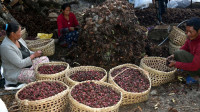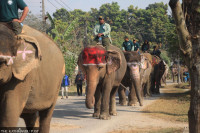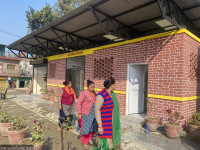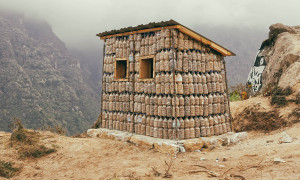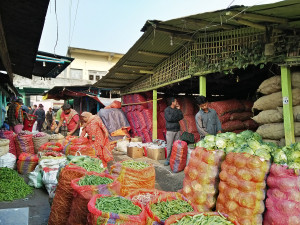Money
Silk farming no longer a lucrative business
Silk farming, which once used to be a major source of income for many in Pokhara and Syangja, has failed to gained traction lately with the contraction in the size of market for silk.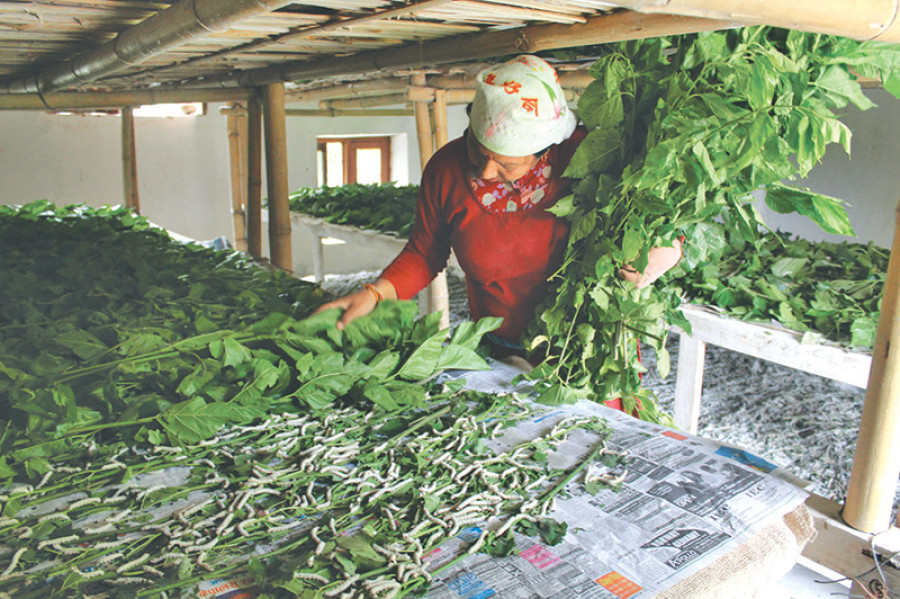
Lal Prasad Sharma & Pratikshya Kafle
Silk farming, which once used to be a major source of income for many in Pokhara and Syangja, has failed to gained traction lately with the contraction in the size of market for silk.
The government had launched Samriddha (Prosperity) Programme in areas like Pokhara and Syangja to promote silk farming. Since the launch of the programme, the number of farmers in these areas has gone up. However, production of silk has been falling.
According to the Sericulture Development Programme Pokhara, farmers these days use kimbu plant, which is used for silk farming, as fodder for cattle.
“How can there be a growth in silk production against this backdrop,” Shree Kanta Poudel, chief of the Sericulture Development Programme Pokhara, said.
Keshav Acharya, a Nirmal Pokhari-based farmer, said many farmers are ditching silk farming because the product fetches very little return. As a result, the size of silk farm is becoming smaller in places like Nirmal Pokhari.
Acharya’s silk farm, for instance, used to spread in 15 ropanis of land a decade ago. Now, the size of the farm has shrunk to four ropanis.
“Probably the interest in silk farming will revive if the government extends subsidy to farmers,” Acharya said, adding, “The government should also guarantee market access and help farmers promote the product.”
Because of these problems, Nirmal Pokharai, which once used to be home to some 22 silk farmers, now has three people engaged in this business.
Those who have chosen to give continuity to silk farming too feel neglected by the government. “Prospects for this business are good, but there isn’t abundant support,” Siddhi Bahadur KC, a Methlang-based farmer, who has been in the business for the last 15 years, said.
Another silk farmer, Dilli Bahadur Majhi of Chapakot, Syangja, relies on silk farming for livelihood. But he has now started looking for alternatives. “One of the major reasons for this is lack of enthusiasm among youths to engage in silk farming,” Majhi said.
According to Poudel, the government needs to increase the size of budget allocated for the programme to attract farmers towards commercial silk farming.
The government allocates around Rs6.4 million per year to the Sericulture Development Programme Pokhara. Of that amount, a significant portion is used to cover administrative and overhead costs, according to Poudel. “The office has to rope in around 3,000 daily wage workers each year for which Rs900,000 is spent,” he said.
Sericulture Development Programme Pokhara was launched in 1995 to promote silk farming in Pokhara and surrounding areas.




 7.12°C Kathmandu
7.12°C Kathmandu.jpg)
.jpg)
